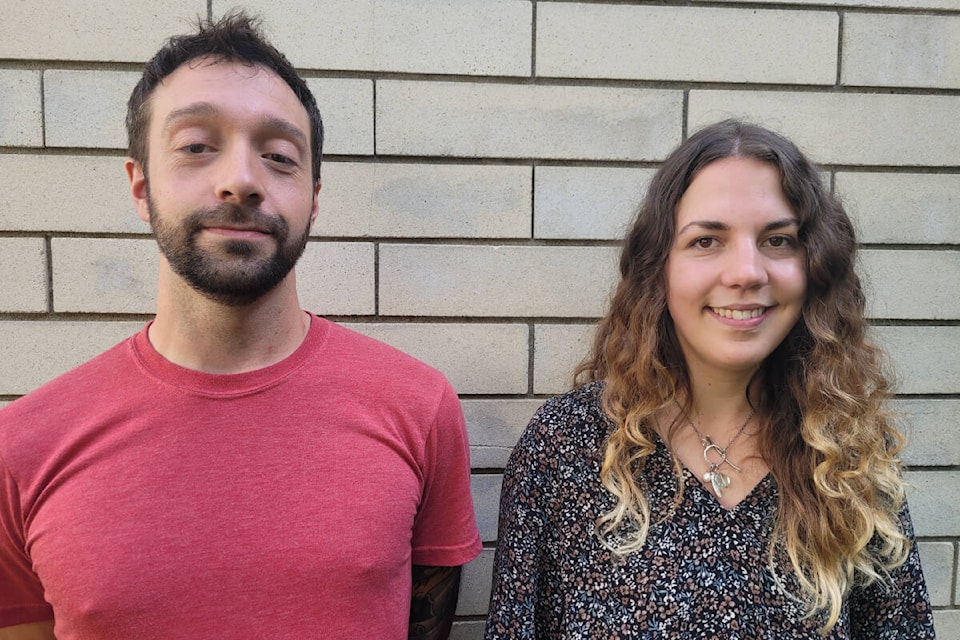They’re coming for your fruit — and they stink! The brown marmorated stinkbug (Halyomorpha halys) is an insect native to Asia that has recently showed up as an invasive species here in North America. Aside from smelling bad when frightened or squished, these foul pests pose a real threat to food production and our native plants.
There is a good chance you are familiar with the stink bug since they are found in abundance in the Kootenays from March through September. You may have encountered a squished stink bug on the bottom of your shoe or noticed an increase of tiny household residents clustered in your windows.
The brown marmorated stink bug is 14-17 mm, brownish in colour with textured dots covering their backs and shells; sound familiar?
During the summer months we do not see very many of them as they are busy feeding on vegetable and fruit crops. They thrive in warm and dry environments, which is why they were particularly bad this year due to the long rain-free fall we experienced. Come fall the stink bugs seek out overwintering habitat and, instead of burrowing into leaf litter or crawling in behind loose tree bark, may choose your home if they can get inside.
Although stink bugs appear to have made themselves quite comfortable here, they are not native to Canada. In fact, the stink bug originates from China, Japan, Korea and Taiwan. So how did these smelly little bugs get to Canada? In short, they hitchhiked.
The movement and international spread of the stinkbug has been attributed to human activity with bugs hitching rides on objects such as cargo containers, packing crates, aircraft, machinery, vehicles, and personal luggage. The first account of stink bugs in North America was in the United States in 1996. The first documented appearance in Canada was 14 years later, in southern Ontario. By 2015, the stink bugs had made their way to our own province, beautiful British Columbia, and unfortunately, they love it here!
READ MORE: Castlegar residents to get smaller carts for garbage, current carts to be repurposed for organics
Sure, they stink, and they have a talent for landing on your face but why should you care if there are a few more foreign bugs around? The biggest threat that they pose is to our high-value crops and ornamental plants. To feed on a plant, stinkbugs inject an enzyme into the plant tissue which makes it easier for them to eat but also causes the plant or fruit to either rot, or grow deformed, making it unfit for markets. They may also be contributing to higher levels of native pest insects by infecting the eggs of natural predators that would normally feed on the pests. And for an unlucky few, the bad smelling defense chemical can cause an allergic reaction.
While there are some native insects that feed on the eggs of stink bugs, such as ladybugs, spiders, and lacewings, it will likely be up to us to deal with this rapidly spreading problem. So far, there is no official solution, however some interesting ideas have surfaced including: the development of a chemical which simulates their sexual attractant and therefore could be used as a lure, and the introduction of the tiny parasitic Asian samurai wasp which lay their eggs inside the stinkbug eggs, effectively killing them.
But you can do something too. Get familiar with identifying them and when you find them, put them in soapy water to drown them, seal cracks and gaps where they can get into your home and overwinter, and change your exterior lighting to yellow bulbs to reduce attraction to buildings.
If we all do our part, we just might be able to stop the spread of these stinkers!
Brennan Wittig and Anya Gurr are second year students in the Recreation, Fish and Wildlife program at Castlegar’s Selkirk College.
newsroom@castlegarnews.com
Like us on Facebook and follow us on Twitter
